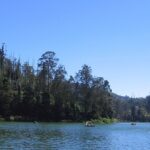Huma Temple, located in Odisha, is a unique ancient shrine dedicated to Lord Shiva and stands on the banks of the Mahanadi River. Notably, the temple is famous for its tilted structure, which has baffled engineers and architects for centuries. Unlike other temples, the main structure and surrounding walls are slightly inclined, adding a sense of mystery. It’s an important pilgrimage site, drawing devotees and tourists alike who are eager to explore its captivating history and architecture.
Location
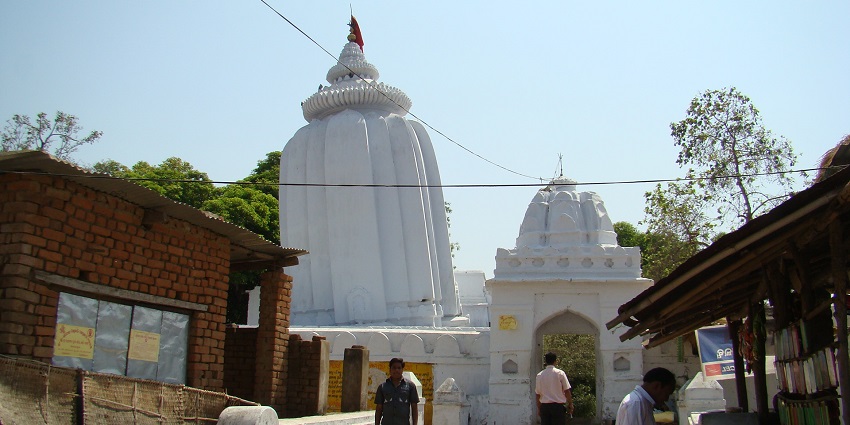
Photo: MKar / Wikimedia Commons
Huma Temple is situated in the village of Huma, approximately 23 kilometres from Sambalpur, Odisha. The temple’s remote location on the Mahanadi River’s banks offers a calm environment for devotees and visitors. The area is surrounded by lush greenery, making it an ideal spot for those interested in exploring Odisha’s spiritual and cultural heritage. Despite its distance from major urban centres, the temple remains a well-visited site due to its historical and architectural significance.
Suggested Read: Hill Stations Near Odisha For A Perfect Getaway In Nature’s Lap
How To Reach Huma Temple

Photo: Kabelleger / Wikimedia Commons / Image For Representation Only
By Bus
Visitors can reach the temple by bus from Sambalpur. Regular bus services operate between Sambalpur and Huma, making it a convenient option for those travelling within Odisha. The journey by bus takes around an hour, offering a beautiful view of rural Odisha along the way. Public transport is affordable and reliable, making it a popular choice among budget travellers and locals.
By Train
The nearest railway station to the temple is Sambalpur Junction, which is well-connected to major cities across India. From the station, visitors can hire a taxi or take a bus to reach the temple. The train journey to Sambalpur offers a comfortable and efficient way to travel, with various services to suit different budgets.
By Taxi
For those who prefer a more direct route, hiring a taxi from Sambalpur to the temple is an excellent option. Taxis are readily available and provide a quicker, more convenient journey compared to public transport. The drive takes approximately 40 minutes, depending on traffic and road conditions. This option is ideal for visitors who wish to travel at their own pace and enjoy a more private experience.
Places To Visit Around Huma Temple
While visiting the Huma Temple, consider visiting these nearby attractions:
1. Hirakud Dam
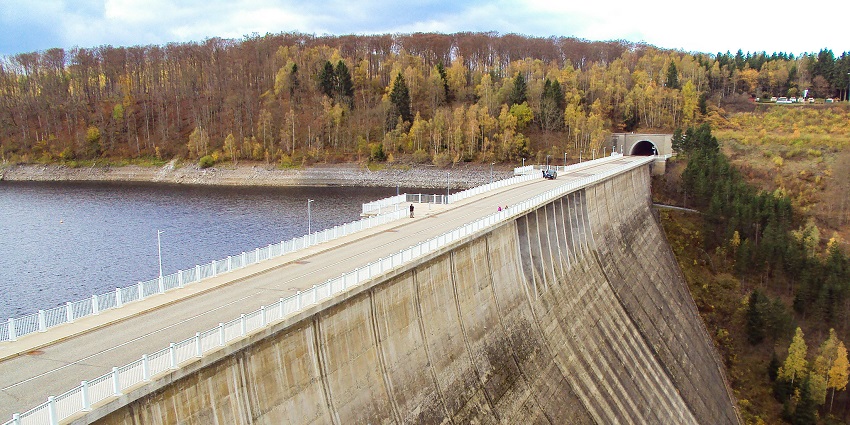
Photo: Hahnenkleer / Wikimedia Commons / Image For Representation Only
Hirakud Dam is one of the longest dams in the world. Stretching across the Mahanadi River, it plays a vital role in providing water and hydroelectric power to the region. Visitors to the dam are treated to expansive views of the vast reservoir, which extends over 55 kilometres. The dam not only showcases India’s engineering capabilities but also serves as a popular destination for picnics and sightseeing, offering a blend of natural beauty and technological achievement.
Distance From The Temple: 44 km
Timings: 6:00 AM – 6:00 PM
Suggested Read: Best Beaches In Odisha You Must Check Out On Your Next Trip
2. Samaleswari Temple
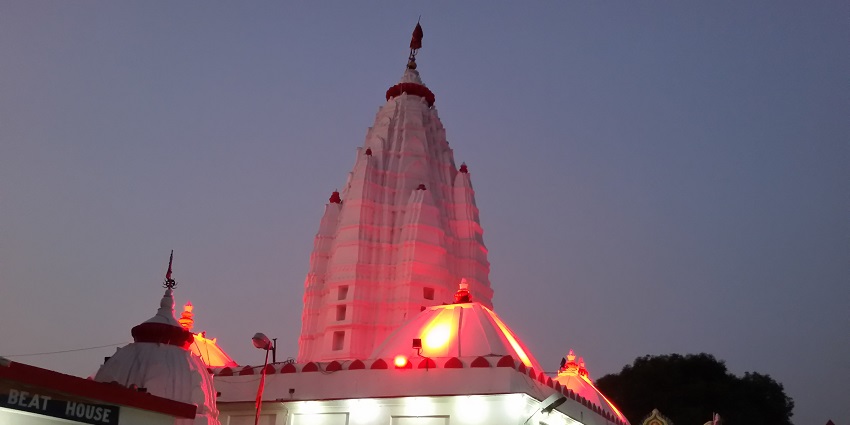
Photo: Aditya Mahar / Wikimedia Commons
Samaleswari Temple, situated in Sambalpur, is a revered religious site dedicated to Goddess Samaleswari, the presiding deity of the region. The temple plays a central role in the spiritual life of locals, particularly during the festival of Navratri, when it becomes a hub of worship and celebration. The architecture of Samaleswari Temple beautifully blends ancient and modern styles, making it a visual and spiritual attraction. Thousands of devotees visit annually, drawn by the temple’s cultural significance and the opportunity to explore Odisha’s rich spiritual heritage.
Distance From The Temple: 27 km
Timings: 6–11:30 am, 3–7:30 pm
3. Chiplima Hydro Power Plant
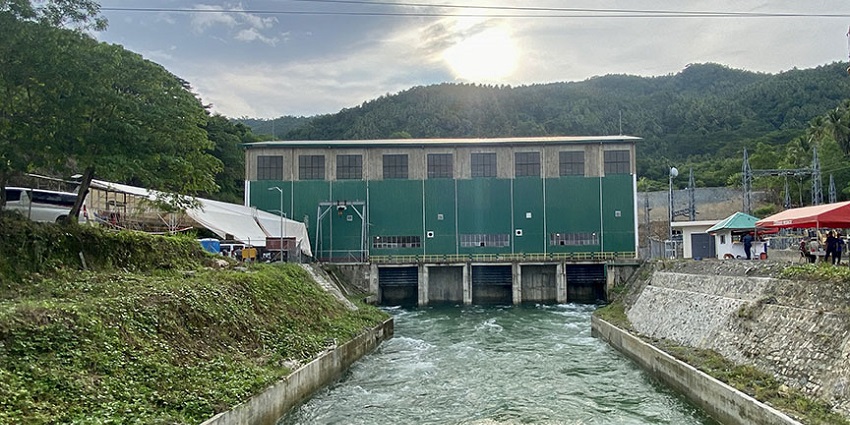
Photo: IVY MARIE A. MANGADLAO / Wikimedia Commons / Image For Representation Only
The Chiplima Hydro Power Plant is a site of interest for those captivated by engineering and technology. The plant effectively harnesses the power of the Mahanadi River to generate electricity, contributing significantly to the region’s energy supply. Visitors to Chiplima can gain insights into the hydroelectric process while enjoying the picturesque surroundings. The area also offers excellent opportunities for photography, with the plant set against a stunning natural backdrop that enhances its appeal.
Distance From The Temple: 40 km
Suggested Read: Explore The Top Wildlife Sanctuaries In Odisha With Rich Biodiversity
4. Debrigarh Wildlife Sanctuary
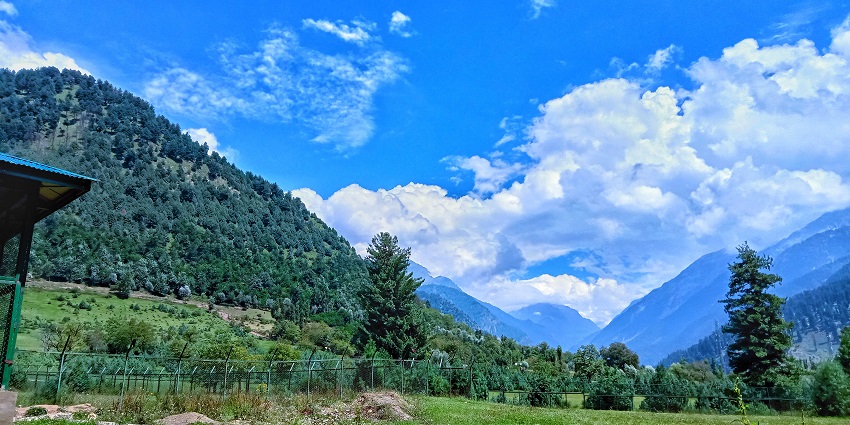
Photo: Suhayl091 / Wikimedia Commons / Image For Representation Only
Debrigarh Wildlife Sanctuary is a shelter for nature enthusiasts. The sanctuary is home to a diverse range of wildlife, including tigers, leopards, and numerous bird species, making it a prime destination for wildlife observation. Guided tours provide visitors with the chance to see these animals in their natural habitats, offering an immersive experience. Additionally, the sanctuary’s trekking routes allow for deeper exploration of Odisha’s rich biodiversity, appealing to both adventurers and nature lovers.
Distance From The Temple: 58 km
Timings: 7:00 AM – 5:00 PM
Where To Stay
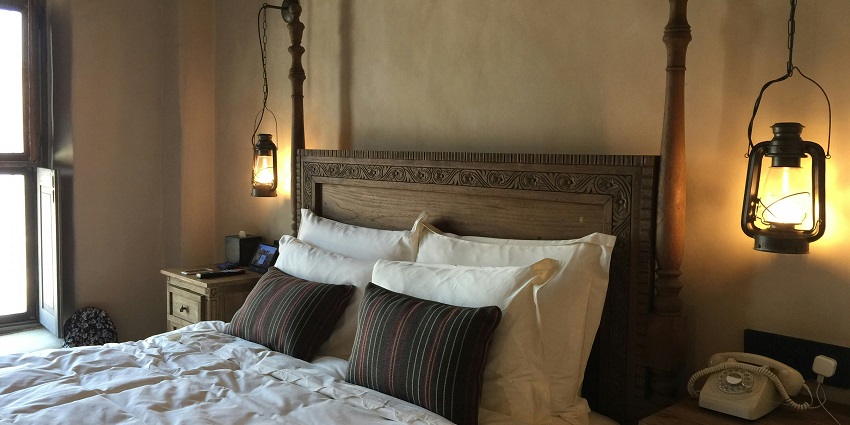
Photo: Khadeeja Yasser / Unsplash / Image For Representation Only
Accommodation options near Huma Temple range from budget guesthouses to more comfortable hotels in Sambalpur. These establishments offer basic amenities and are well-suited for pilgrims and tourists. Some hotels in Sambalpur provide additional services like guided tours and transportation to the temple, making it easier for visitors to explore the area. Staying in Sambalpur also allows easy access to other nearby attractions.
Suggested Read: Camping In Odisha For A Chance To Cherish A Blend Of Natural Beauty And Wildlife
Where To Eat

Photo: Lopanayak / Wikimedia Commons
While visiting Huma Temple, travellers can enjoy local cuisine at nearby eateries and restaurants in Sambalpur. Traditional Odia dishes, such as pakhala bhata (fermented rice) and dalma (lentil and vegetable stew), are popular choices. Several restaurants in Sambalpur offer these dishes, along with other regional specialities. Visitors can also find other options, ensuring that there is something to suit every palate.
Best Time To Visit
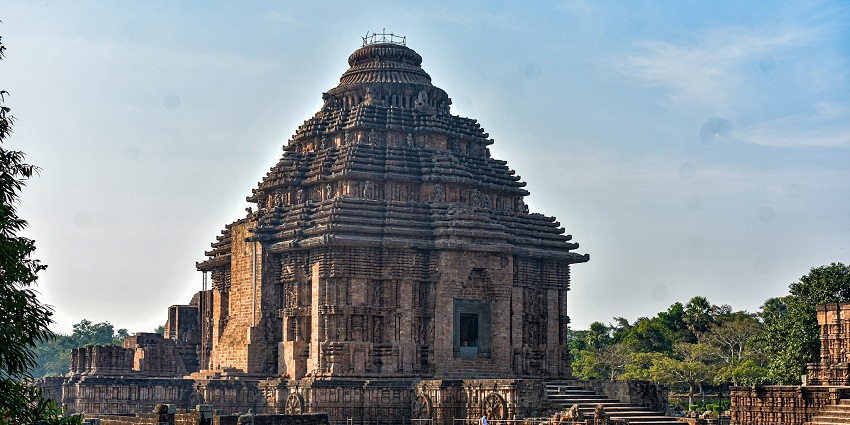
Photo: Subham9423 / Wikimedia Commons / Image For Representation Only
The best time to visit Huma Temple is during the winter months, from October to February. During this period, the weather in Odisha is cooler and more comfortable for exploring outdoor sites. The temple also hosts several festivals and religious events during this time, providing visitors with a deeper insight into the local culture and traditions. Planning a trip during these months ensures a more pleasant experience. The Huma Temple timings are not an issue as it is open 24×7.
Suggested Read: Water Sports In Odisha Where You Can Take A Dive Into Adventure At This Coastal State
Other Factors To Consider

Photo: Kenny Eliason / Unsplash / Image For Representation Only
Average Cost Of Trip
A trip to Huma Temple, including transportation, accommodation, and meals, can cost approximately ₹4,000 to ₹6,000 for a two-day visit. This estimate covers mid-range services, with costs varying based on personal preferences and choices.
Tips For Travellers
- Visit in the early morning or late afternoon to avoid crowds and heat.
- Respect local customs and traditions while visiting the temple.
- Hire a local guide for a better understanding of the temple’s history and significance.
- Ensure you have enough cash on hand, as digital payments may not be accepted in the village.
Huma Temple, a significant cultural and spiritual landmark in Odisha, highlights unique architecture and a rich history that make it a must-visit destination for travellers. This remarkable temple, dedicated to Lord Shiva, stands out with its leaning structure, drawing visitors from around the world. If you’re planning to explore Odisha’s vibrant heritage, include Huma Temple in your plan. Book your journey through TripXL for effortless bookings and services tailored to your needs.
Cover Photo: MKar / Wikimedia Commons


 WhatsApp
WhatsApp
 Twitter
Twitter

